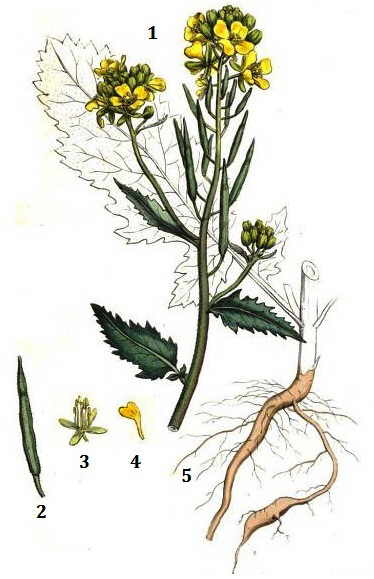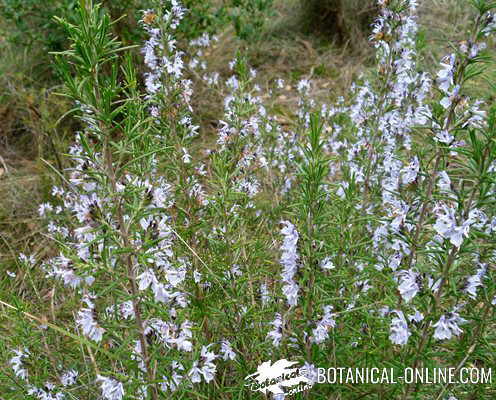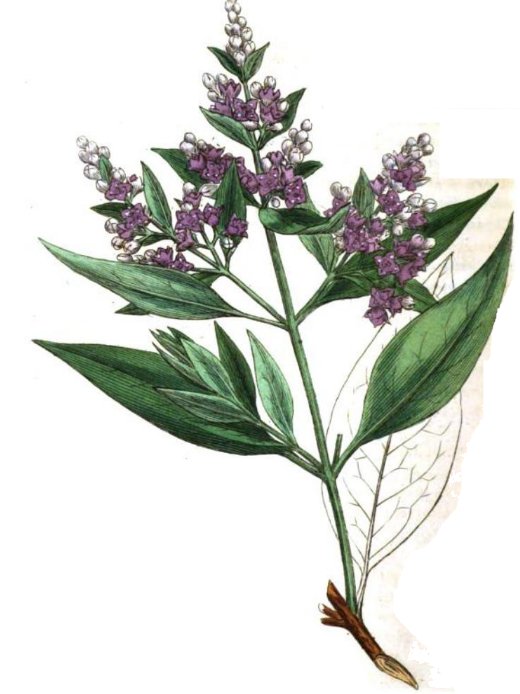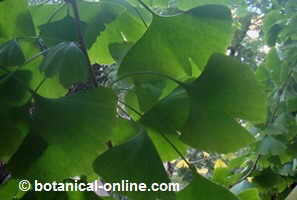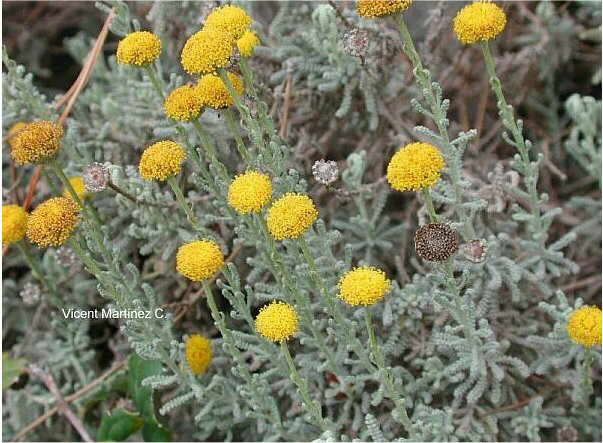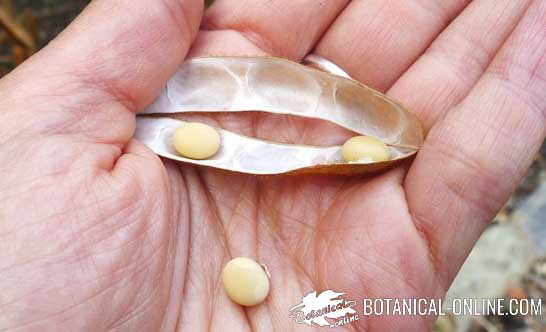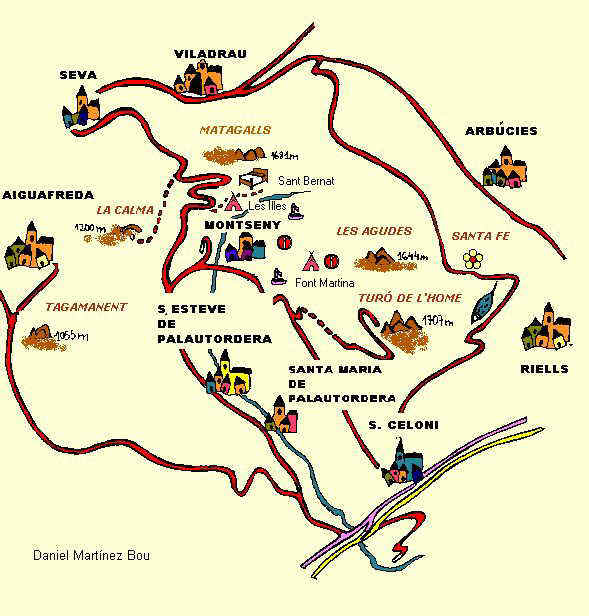Contents
What is an okra plant?
Characteristics of okra (Abelmoschus esculentus)
Common English Name: okra, okro, gumbo, lady’s fingers
– Spanish / Español: Okra, gombo, quimbombó, kimbombó, dedos de dama, quiabo, ochro, okoro, molondrón…
Scientific name: Abelmoschus esculentus (L.) Moench.
Other taxonomic names:
– Hibiscus esculentus L.
– Hibiscus longifolius Willd.
Family: Malvaceae
Used parts of okra: Leaves, fruits, seeds and roots.
Origin of okra
It is believed that okra is native to North Africa and was brought to the US three centuries ago through the African slave trade. Its exact origin is focused on Abyssinia, comprising present-day Ethiopia, Eritrea mountains and highlands of eastern Sudan.
Habitat: is a plant of tropical and temperate regions, very resistant to heat, drought and poor soils. The major global producers are India, Sudan and Iraq.
Distribution: Important vegetable in the diet of tropical countries. Popular among the populations of Cameroon, Ghana, India, Iraq, Nigeria, Pakistan, Switzerland, United Arab Emirates, Guatemala, Mexico and the United States.
Description of okra
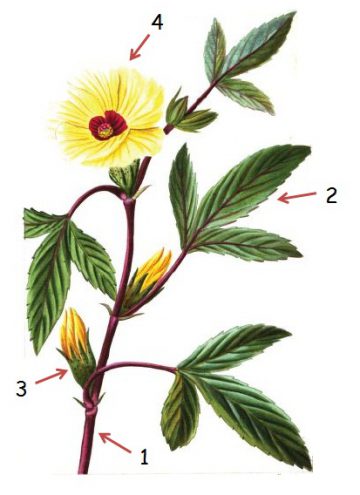 botanical illustration of an upper branch of Okra. Branch (1), divided leaves (2) Flower calycles (3) and flower (4)
botanical illustration of an upper branch of Okra. Branch (1), divided leaves (2) Flower calycles (3) and flower (4)
Okra belongs to the Malvaceae family, the same family that cotton (Gossypium spp.) or hibiscus (Hibiscus spp.) belong. Its growth cycle is 90-100 days. It is a herbaceous plant with woody stem (sometimes with reddish tones), erect and very branched. Numerous short twigs attached to the stem are distinguished.
Okra can reach up to 3 meters high, although it usually measures just over 1 meter.
Its leaves can have different shapes, even on the same plant. These are stalked heart-shaped., large, with thick limb and dark green on top and gray on the bottom. Basal leaves are almost entire, while the upper ones present divided lobes (lobes 4 to 7) with toothed margins.
Okra flowers are solitary and showy, 4-8cm. in diameter, arising from the axils of the leaves join to the stem by a floral stalk 2-2,5cm. They are protected by a calycle, which has between 7 and 12 teeth. Calyx consists of 5 petals white or yellow with red or purple spots on the base. Flowers are hermaphrodite. They bloom from July to September.
Okra fruit is a capsule, dehiscent, elongated, straight or curved, 10-30cm. long per 1-4cm. wide, green yellow or green, sometimes purple or white. Its seeds are dark brown.
Botanical classification | |
Kingdom | Plantae – Plants |
Subkingdom | Tracheobionta |
Superdivision | Spermatophyta |
Division | Magnoliophyta or Angiosperm |
Class | Magnoliopsida or Dicotyledonous |
Order | Malvales |
Family | Malvaceae |
Gender | Abelmoschus |
Species | A. esculentus |
See:
![]() More information on okra.
More information on okra.


